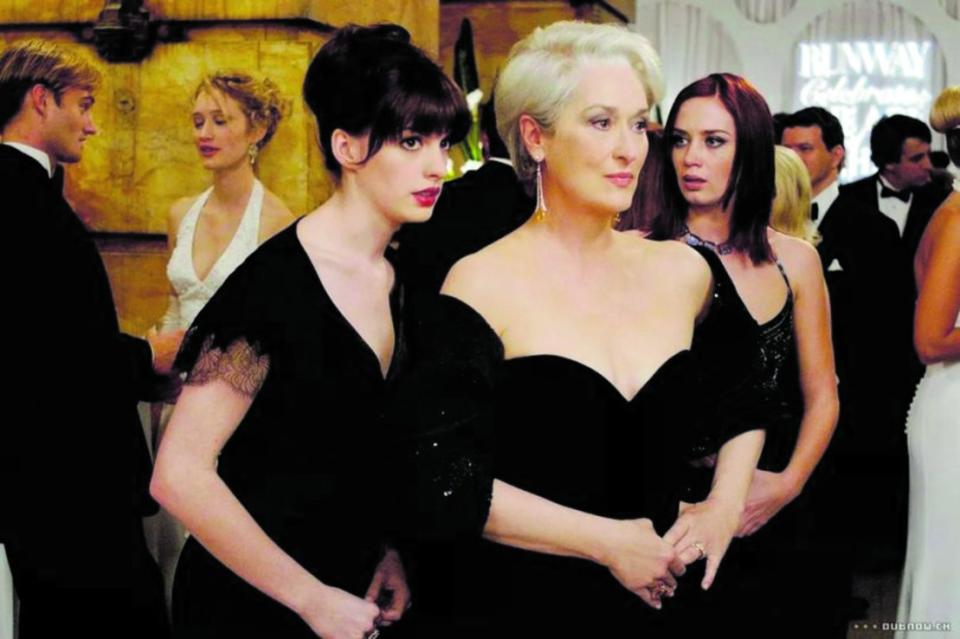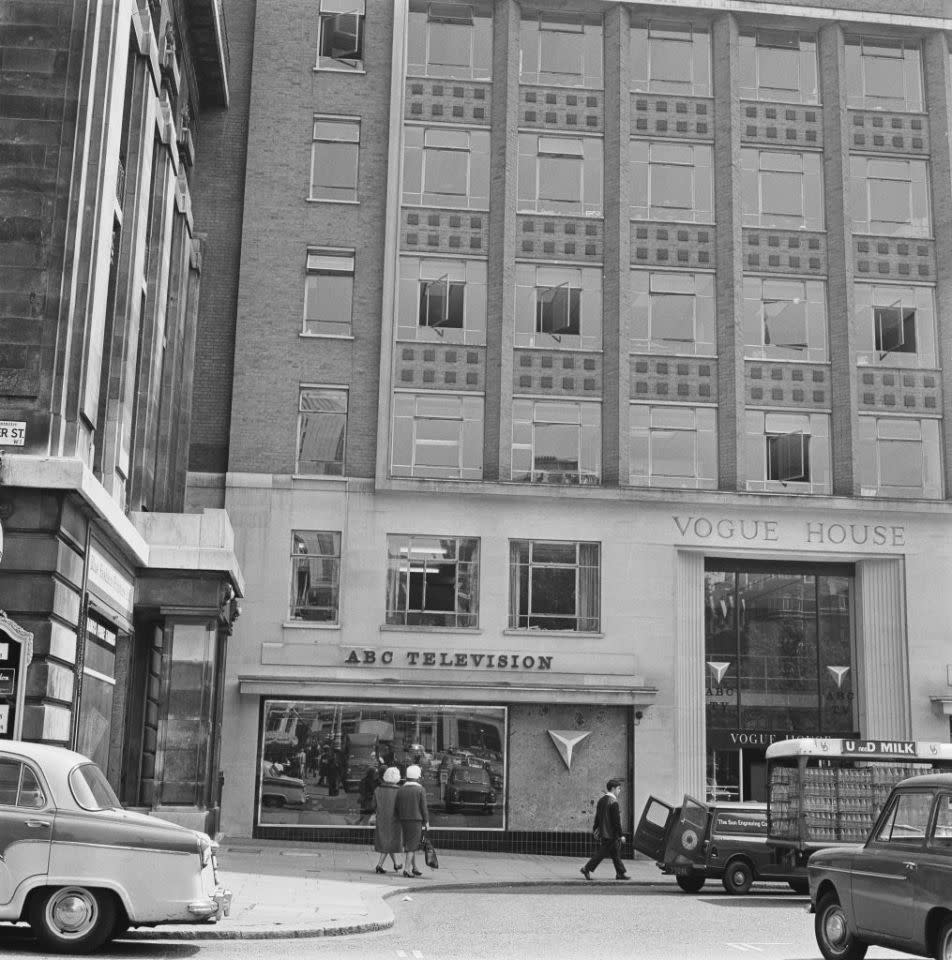The Devil Wears Prada sequel to mirror Vogue’s decline

A sequel to The Devil Wears Prada is finally in the works, but how close will its plot mirror the reality of Vogue’s decline?
Nearly 20 years on from the original blockbuster, a sequel to The Devil Wears Prada is finally in the works, with Meryl Streep and Emily Blunt both on the billing. However, unlike the first film, the world of glossy journalism is set to be shown as, well, slightly less glossy.
No longer the cool puppet master of the first film, the sequel will instead follow Runway editor-in-chief Miranda Priestly through the battlefield of modern journalism, as she battles dwindling advertising revenues for print media and is forced to court her old assistant Emily Charlton, now a high-powered advertising exec. But how close is the story to real life?
Trouble at Vogue
Widely acknowledged to be based on Vogue editor Anna Wintour, for whom the writer of the first film’s source material worked for as a personal assistant, the sequel’s depiction of Priestly as the manager of a declining empire may strike a chord. News of a restructuring at Vogue’s parent company Conde Nast at the end of last year, which saw more than 300 jobs cut and almost resulted in a staff walkout at the Met Gala, was a product of years of challenges at the magazine publisher, which has struggled to break even over the last decade.
The company had been losing around $100m annually before 2021, when it managed to turn a profit for the first time in years. It broke even again last year though missed its revenue target. The publisher’s iconic Vogue House London HQ was also sold off this year, with the company’s London staff moved to an office in Embankment, though this was presented as a practical rather than cost-cutting measure.

As for Wintour herself, her iron grip on Vogue seems to be intact, though not, if reports are to be believed, without the same kind of plotting and manoeuvring as her on-screen counterpart. The sudden resignation of British Vogue editor Edward Enningful last year came amid rumours of a row between the two, with Wintour reportedly feeling threatened by Enningful, who had been pipped as her successor and was pursuing large scale changes to the magazine, including an attempt to make it genderless.
Print not the problem
Naturally, the publisher has gone big on talking up its digital strategy (Conde Nast is “no longer a magazine company”, according to its chief exec Roger Lynch) though it’s fair to say its problems are not so much about print as they are about print advertising. The circulation of British Vogue (around 190,000) has remained steady in recent years while Lynch has said that print subscriptions have actually grown, with digital revenues only recently surpassing that of print.
“What’s under pressure, and has been for a decade or more, is print advertising,” he said in an interview, adding that he was hoping to shift the publisher’s model from one dependent on advertisers to one dependent on readers. Indeed, according to Prezz Gazette, the global print advertising market has halved in the past six years. Even the devil, it would seem, can’t stop it.

 Yahoo Finance
Yahoo Finance 